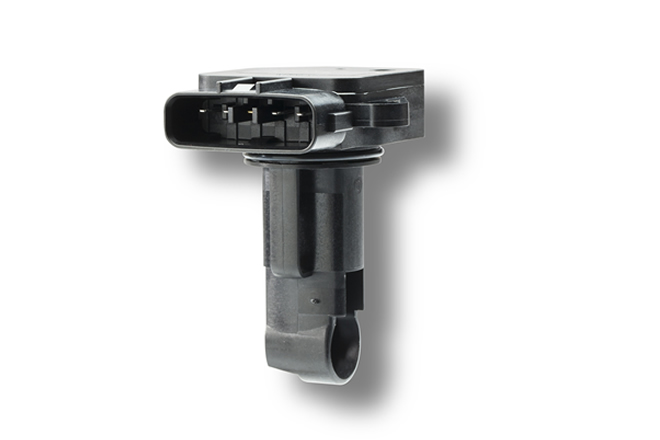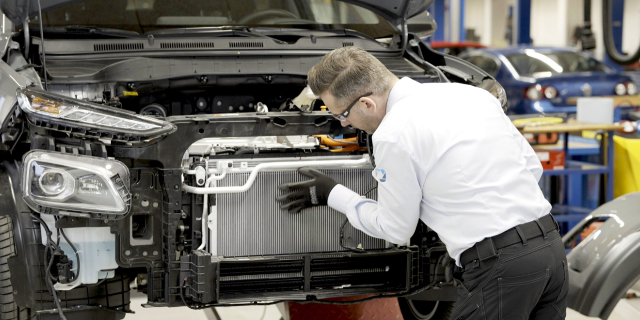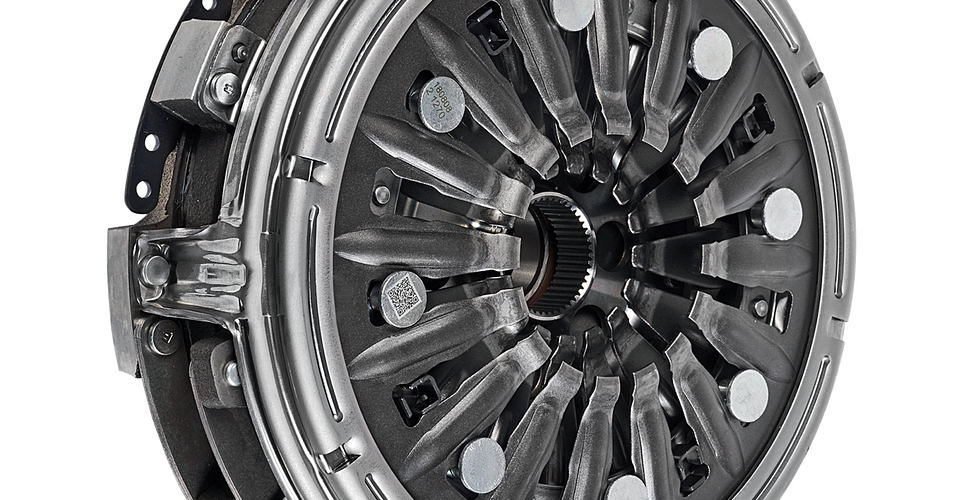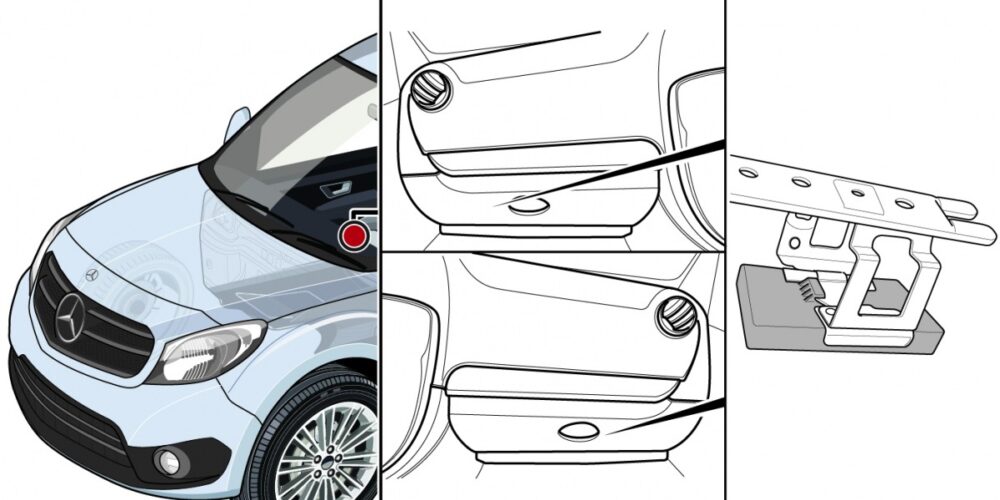Common faults with Mass Air Flow Sensors (MAF) – tips from DENSO
The MAF sensor measures the mass of air entering the car’s engine and sends to the Electronic Control Unit (ECU) a voltage that represents the airflow.
 Currently, the most commonly used MAF sensor is the plug-in hot wire type, which is located inside the intake air duct between the air filter and the throttle body. It consists of a heating resistor, an intake air temperature measurement resistor (balancing the intake air temperature), an intake air temperature sensor and a control circuit (printed circuit board).
Currently, the most commonly used MAF sensor is the plug-in hot wire type, which is located inside the intake air duct between the air filter and the throttle body. It consists of a heating resistor, an intake air temperature measurement resistor (balancing the intake air temperature), an intake air temperature sensor and a control circuit (printed circuit board).
Part of the intake air from the air filter is directed to the measuring area, where the mass of the intake air is measured. The hot wire MAF sensor reacts to temperature changes in the heating element. Changes in the resistance and current values in the flow meter heating element are converted to a proportional voltage in the control circuit and then sent to the ECU for calculation of the engine intake air mass.
The intake air temperature sensor also detects the air temperature and sends it to the ECU. Responding to this signal, the ECU calculates the air density and adjusts the amount of fuel injected into the combustion chambers.
The most frequently appearing MAF faults
MAF sensor contamination or damage usually occurs due to poor condition or improper installation of the air filter. A damaged or contaminated MAF sensor may still function, but changes in its characteristics can cause many problems in proper engine operation. The most common symptoms of a malfunctioning MAF sensor include:
- Weak start-up: The engine fires for the first time, but the combustion is incomplete
- Unstable idle: High or low idle speed or erratic idling
- Low ride comfort: Jerking during acceleration, misfiring, abnormal engine noises or black smoke coming from the exhaust system
- Engine stalling: Shortly after start-up or when the accelerator pedal is depressed or released
A problem with the MAF sensor can cause the check engine light to come on. This fault is stored as a Diagnostic Trouble Code (DTC) in the engine ECU and can be read by a DTC scanner. However, if the cause of the failure is a clogged MAF sensor duct, the engine will usually start, run erratically, or stall, and may not trigger a DTC diagnostic code. If the MAF sensor appears to be faulty, it will need to be replaced. It’s a very simple process.
If the MAF sensor is contaminated, cleaning may provide a temporary solution, and also it may damage the delicate sensor instrumentation. If the MAF sensor has been replaced, the proper installation of the air filter should also be checked.
In addition to EGR valves, EGT sensors, ignition coils and fuel pumps, MAF sensors are part of DENSO’s engine management systems program. DENSO currently offers 29 MAF sensors in the aftermarket, replacing 161 OE numbers and having 1,009 applications in 18 million vehicles. For more information about DENSO’s EMS program, visit www.denso-am.pl.









